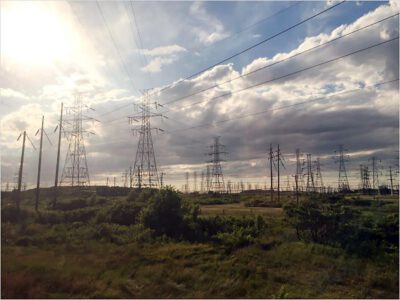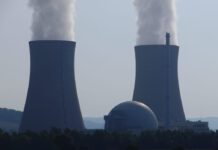
TORONTO, ON — Binnu Jeyakumar, Director, Electricity at the Pembina Institute, made the following statement in response to Ontario’s Independent Electricity System Operator’s (IESO) new interim resource reliability report.
“Ontario is at a crossroads, and investments made today will impact its electricity system for decades to come. The recommendations from IESO’s Resource Reliability Interim Report do not align with a net-zero emissions grid by 2035 – a national goal for Canada and the U.S. This requires deployment of a diversity of solutions including renewables, storage, energy efficiency, demand response, and leveraging transmission interconnections.”
“We are encouraged by the inclusion of significant storage capacity and the mention of energy efficiency programming. Pembina Institute analyses have shown that a diverse portfolio of clean energy solutions can provide reliable power cheaper than gas power plants. There needs to be a tangible, substantive plan created now on how these diverse resources will be leveraged fully and to what extent they can help avoid any unnecessary fossil-fuel-based generation. We welcome IESO’s future work in this regard.
“As Ontario faces the challenge of meeting its changing electricity needs while undergoing shifts in electricity supply, the IESO report misses an opportunity to propel the province towards a cleaner grid. This comes at a time when our neighbours to the south are pursuing ambitious plans to expand clean energy investments through the Inflation Reduction Act, and when both the U.S. and Canada are actively pursuing a net-zero grid by 2035.
“Instead, the report asks for additional 1,500 MW gas capacity. Ontarians, including the energy minister, have said that they are not supportive of new gas investments. While there may be a limited role for gas, the Pembina Institute cautions against new gas investments that can become stranded assets and a liability as they become incompatible with a clean grid by 2035 – not just due to emissions but also because of their poor economics.
“The IESO report calls for a significant increase in storage by 2,500 MW, which is a welcome step, as storage plays a key role in supporting electrification of other sectors. However, the report does not show any significant investments in the most cost-effective electricity solutions including distributed energy resources (DER), including a portfolio of solutions such as small-scale solar, demand management, energy efficiency, etc.
“The IESO should share its modelling and assumptions behind these recommendations. Pembina Institute has noted that the previous analysis by IESO in 2021 had some assumptions that were contested by industry as well as independent third parties.”
The Pembina Institute
www.pembina.org









